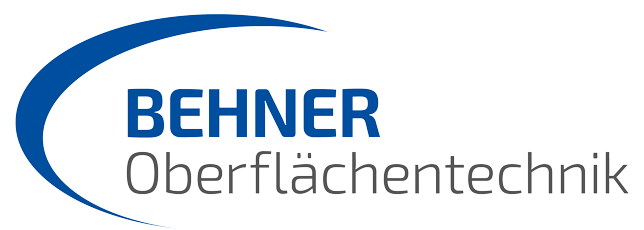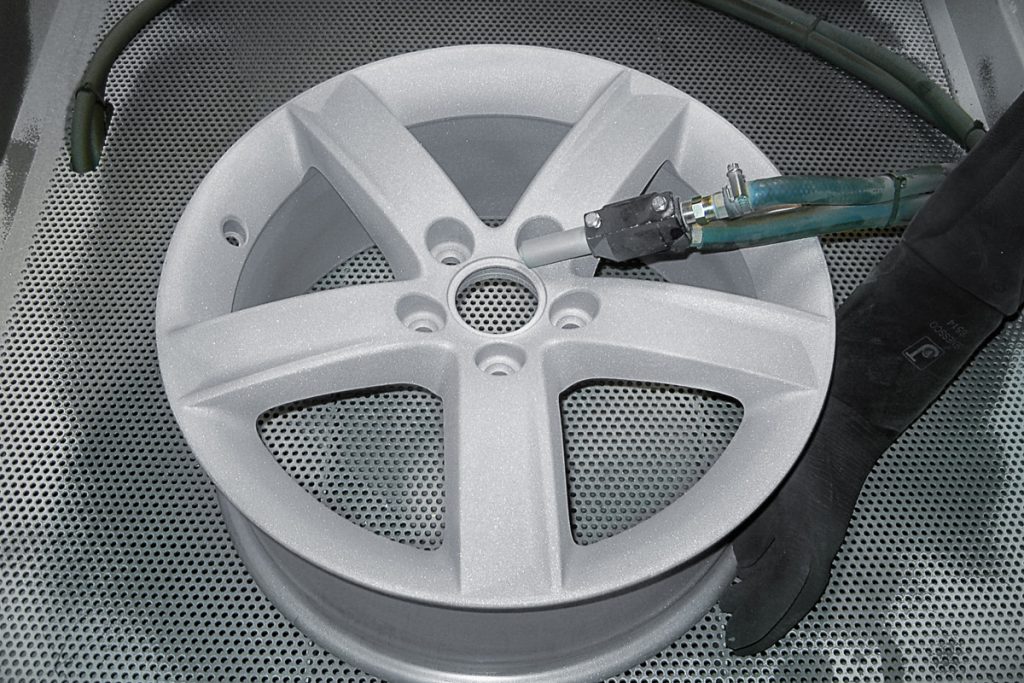A commonly used method for cleaning surfaces is sandblasting. Contaminants such as rust, paint, lacquer residues and other contaminants are thereby removed. In general, surfaces can be blasted, matted and roughened. The beam intensity of the process can be finely dosed.
What is meant by sandblasting?

Glass bead blasting for decorative surfaces
This method is mainly used on decorative surfaces. With glass bead blasting, the workpieces are less roughened and the surface is more compacted. Glass bead blasting is particularly suitable for decorative end surfaces and as pre-processing for electroplating.
Your advantages with glass bead blasting:
Corundum blasting to dissolve impurities
Corundum is a hard mineral abrasive. If you choose the right core size and the right pressure, corundum sandblasting does not rough the surface unnecessarily but removes oxidation residue and dirt.
Your advantages with high-grade corundum blasting:






